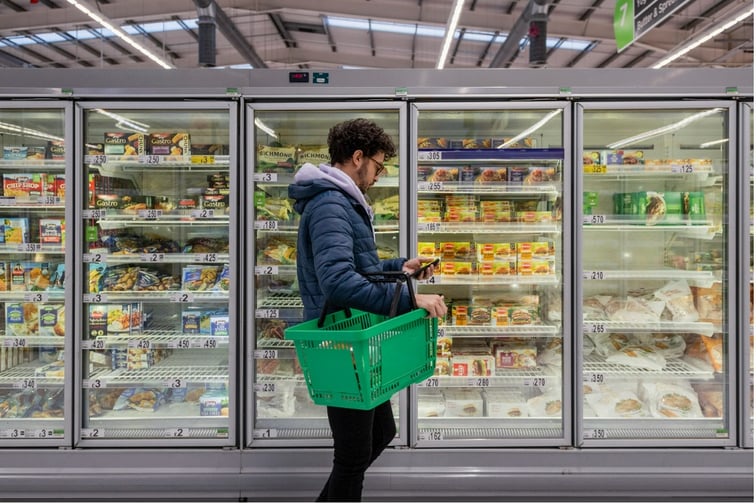

Employee households, where wages are the primary source of income, saw the cost-of-living over the past year jump by 9.3% – the highest annual rise in living expenses since 1987, according to new ABS data.
Other households fared just as poorly, including self-funded retirees whose annual living costs rose by 7.6%, the largest since 1999, and pensioners whose costs increased by 7.3%. Their situation is better though than those whose primary expense was repaying a mortgage.
Michelle Marquardt, head of prices statistics, said employee households were the hardest hit by the rapidly increasing interest rates, given that mortgages comprised a big chunk of that demographic’s expenses, 9News reported.
“Employee households have recorded their largest quarterly rise since the September 2000 quarter which followed the introduction of the GST, and the largest annual rise since the series commenced in 1999,” Marquardt said.
“Mortgage interest charges for employee households rose 26.6% over the quarter, and 61.3% over the year, with banks passing on the Reserve Bank of Australia’s cash rate rises to interest rates for both variable and new fixed rate home loans.”
When considering all households, including pensioners, self-funded retirees, and those on government benefits, Christmas travel and recreation, food costs, and housing expenses such as utility bills accounted for the largest increase in living costs.
The ABS leader said households were impacted by major corporations and providers passing on higher business costs to customers.
“Annually, food prices rose between 9% and 10%, driven by rises for meals out and takeaway foods, and fruit and vegetables,” Marquardt said. “Utilities prices rose between 8% and 10%, driven by higher wholesale prices for gas and electricity being passed on to consumers.”
The ABS data comes as several prominent gas providers pass on higher tariffs that could see the average household gas bill increase by nearly $500 a year.
Earlier this week, EnergyAustralia, Origin Energy, and AGL all lifted tariffs to reflect higher operating costs. The move added an extra $480 to the yearly bill for Energy Australia customers, $370 more per year for those with Origin Energy, and a further $326 per year for AGL customers, in real terms.
Increases of less than $100 can be expected by customers in NSW, ACT, Queensland, and South Australia, 9News reported.
What do you think about this latest spike in cost-of-living? We’d love to hear from you in the comments below.
